This term is becoming quick commonplace in the shooting realm.
But, you might not know what it is, and whether or not you need one.
LPVOs, or low-power variable optics, offer a combination of speed and downrange accuracy for your rifle.
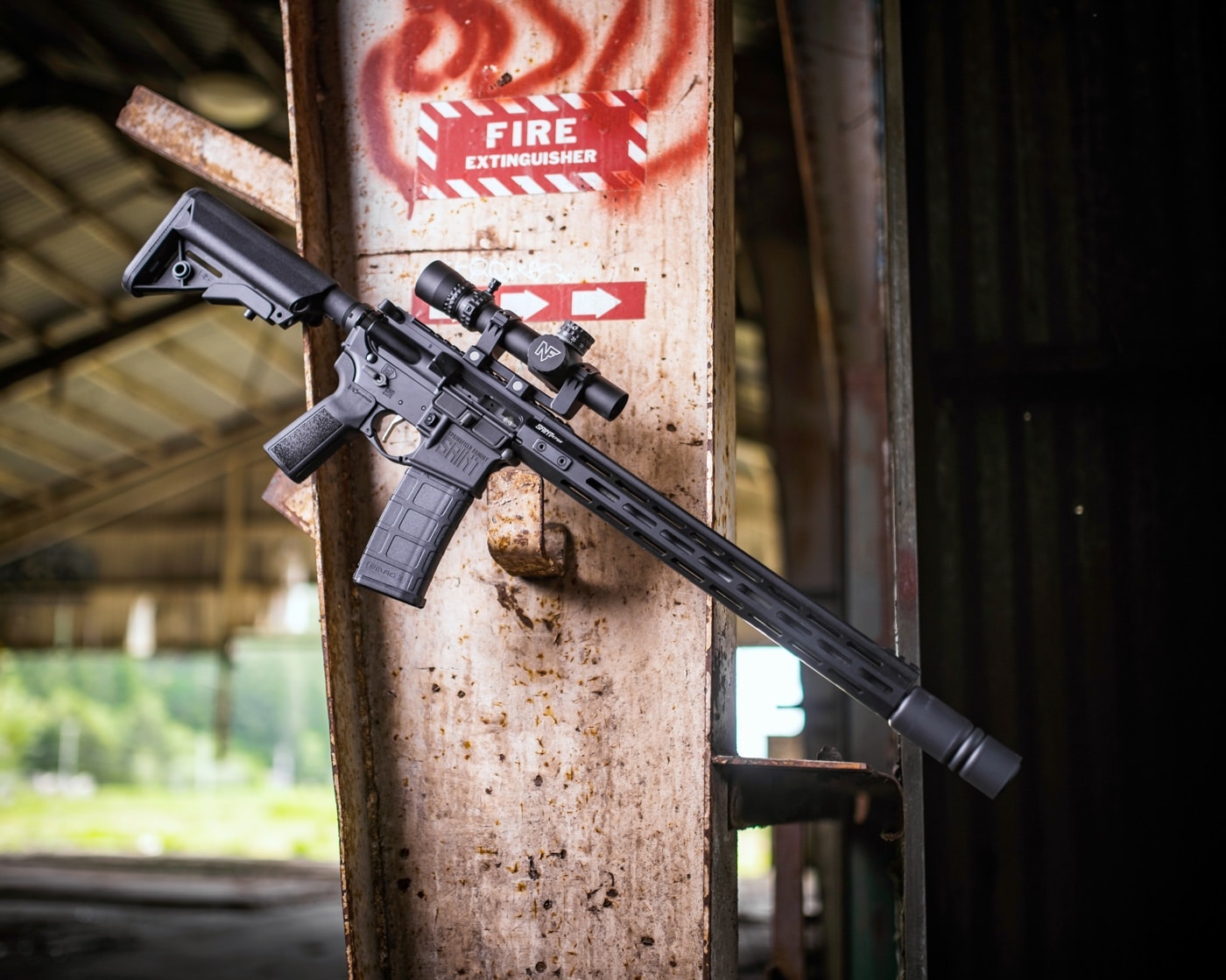
The author explains the nature of the LPVO scope and why they make a lot of sense for carbines like this Springfield SAINT.
Many people feel they are also ideal for competition and defense scenarios.
What Is an LPVO Scope?
Also known as a low power variable optic, an LPVO is any riflescope with a modest magnification range.
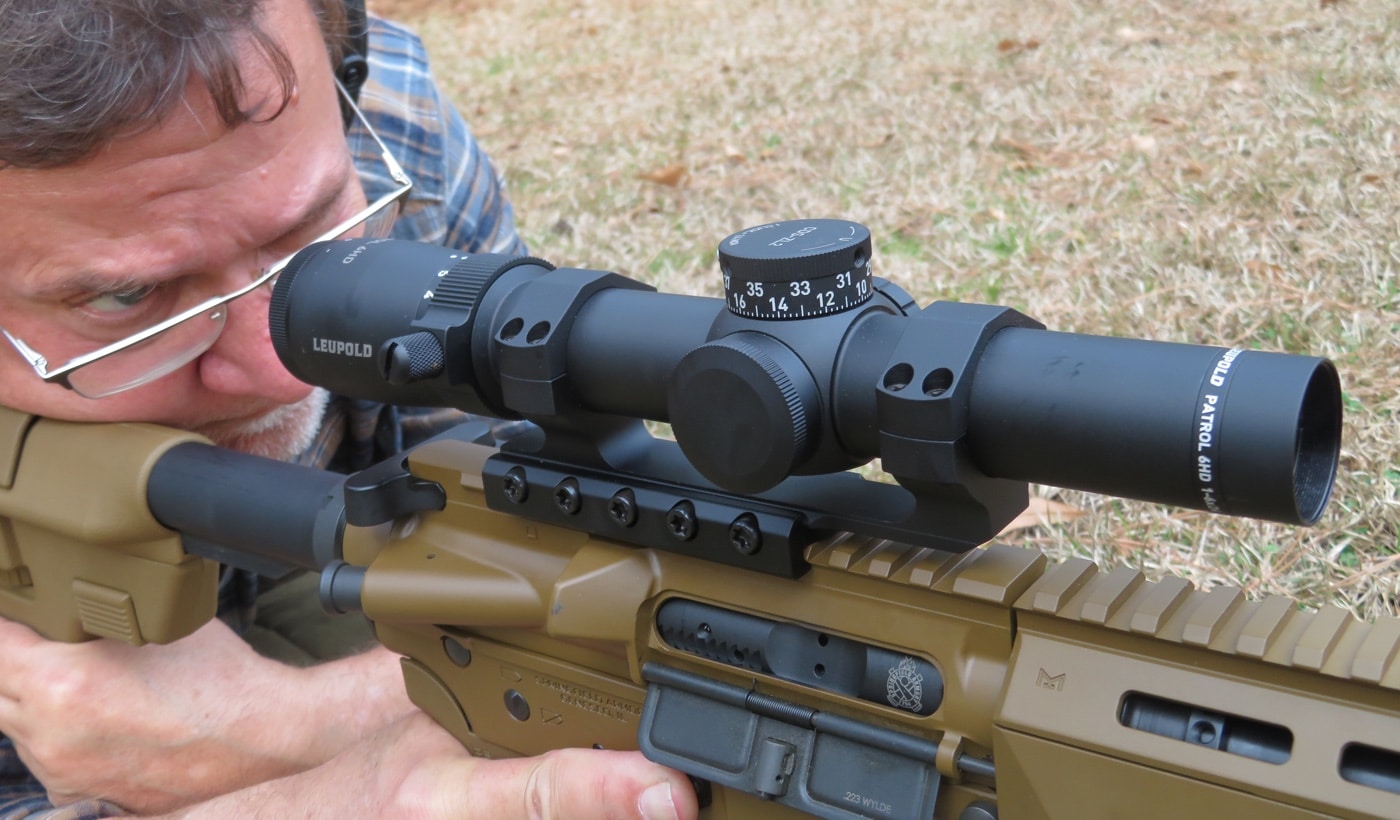
The author has a Leupold 1-4X LPVO, shown here, mounted on his SAINT rifle.
Most LPVOs offer a magnification range of 1-4x or 1-6x.
But remember, thats its strength.
A Do-All Variable Optic?
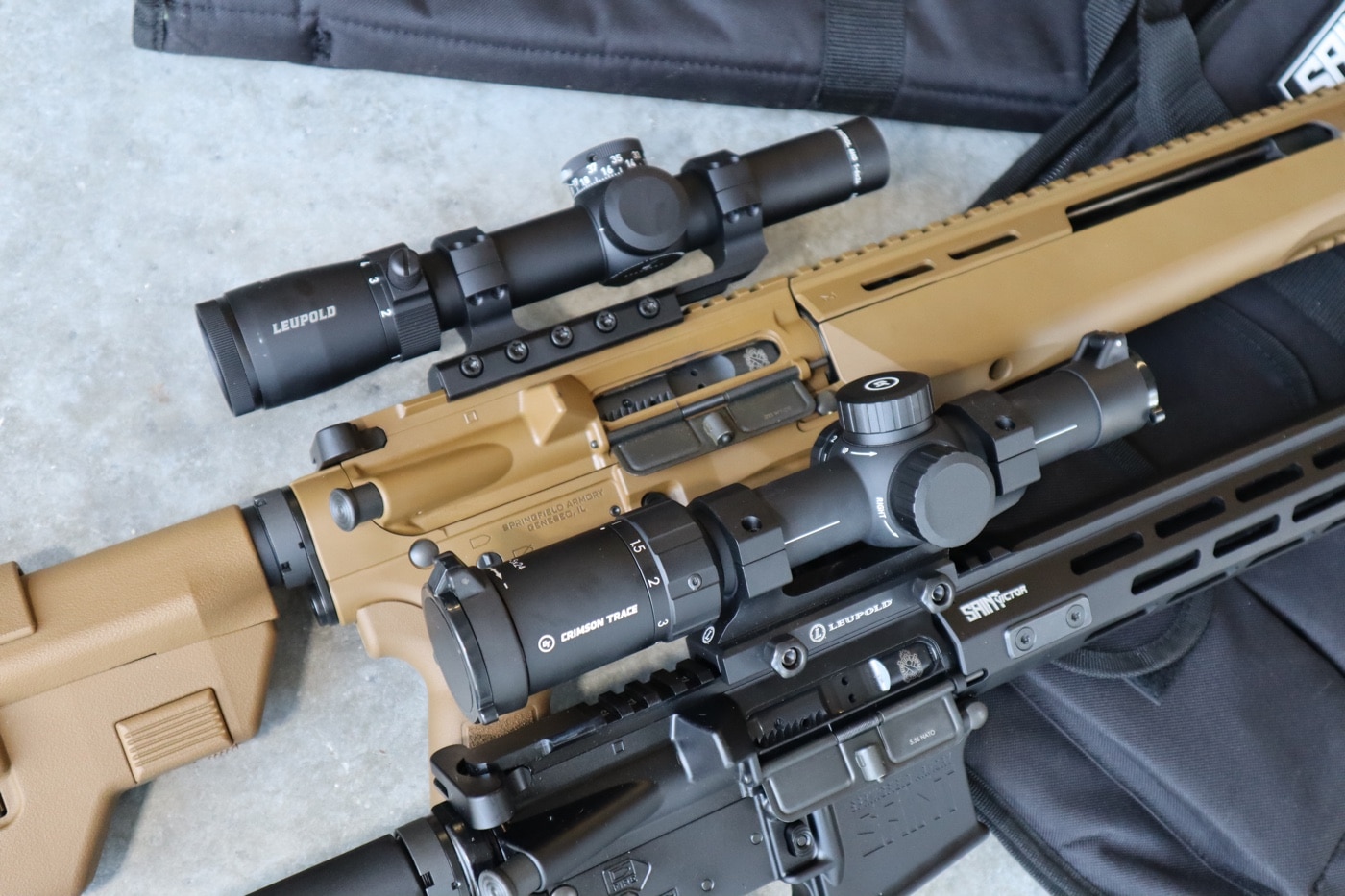
LPVOs offer the benefits of a fast sight picture at close ranges while leaving open the option of more precise shooting atlonger-range targets.
Many people consider them ideal for carbines.
Compared to a traditional scope, a red dot is better at close quarters, quick shots.
Its quick to acquire the target and fast with follow-up shots.

LPVO-style scopes work on all kinds of rifles — from lever-action to bullpups like this Hellion.
A red dot sight becomes a liability when the target is farther away as it loses precision.
When a precise shot needs to be made, a magnified riflescope is in its element.
LPVOs Better Than a Red Dot?
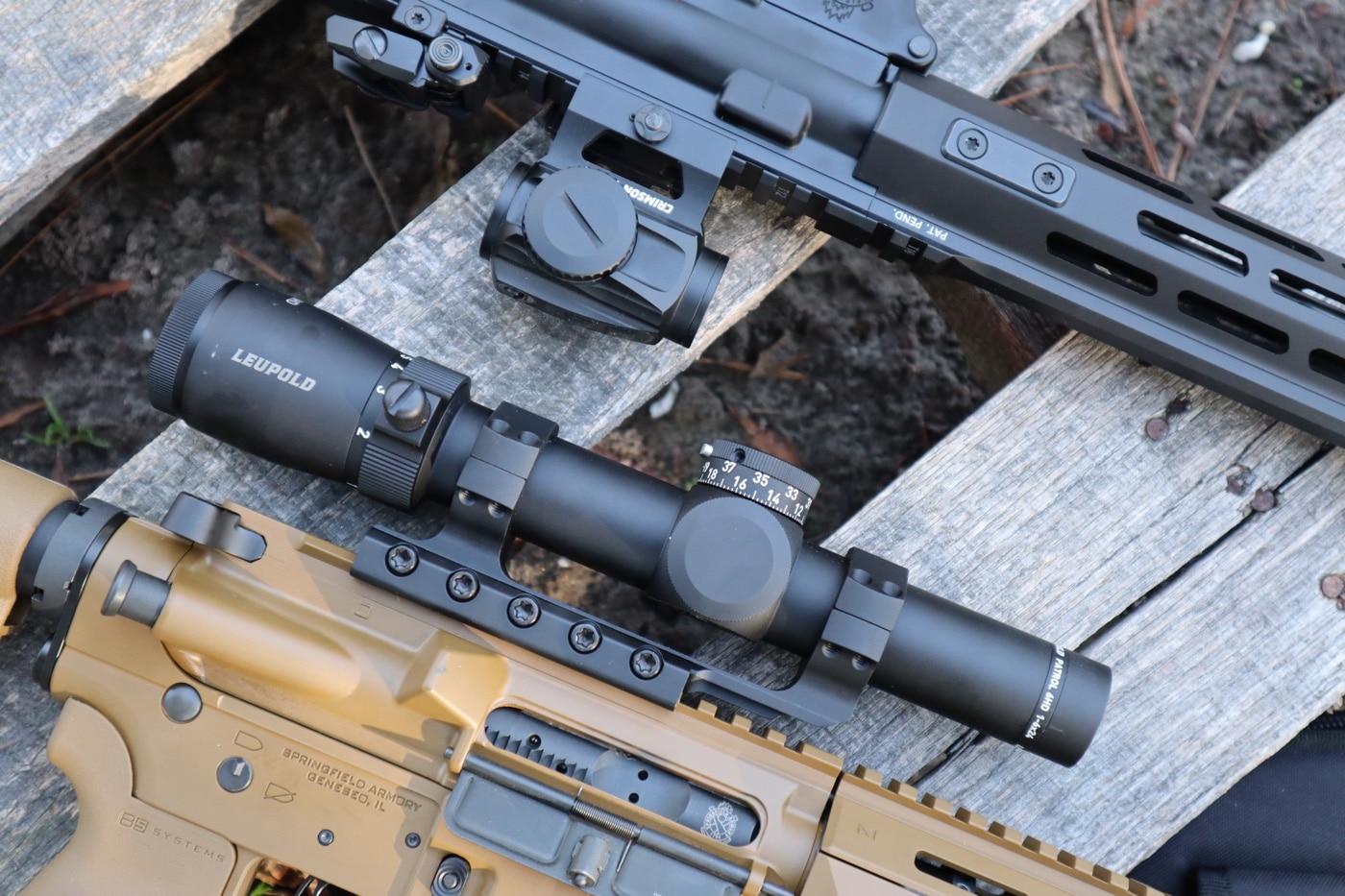
While a red dot sight makes a lot of sense for self-defense rifles, an LPVO gives you more flexibility — an advantage for a patrol rifle orthree-gun competitor.
Some of you might be wondering,is the LPVO is better than a red dot sight?
Ill share my thoughts.
Thered dots and holographic sightswill often have the edge when it comes to super-fast, close-quarters situations.
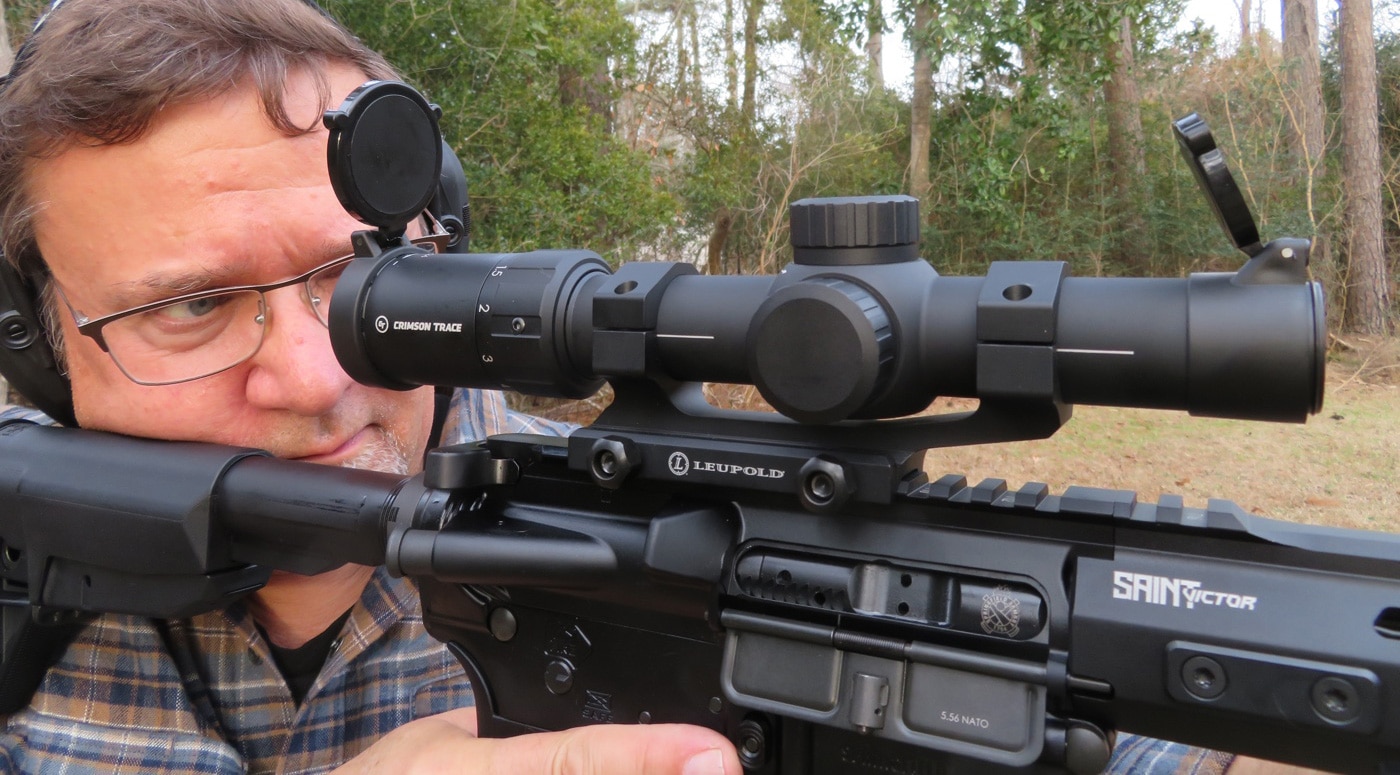
Many LPVO designs offer excellent optical clarity, eye relief and a generous eyebox.
So, it is easier to scan your field of view.
An LPVO at 1X power can certainly compete in these same situations as a red dot with similar success.
Learn to aim with a riflescope with both eyes open to be more aware of your surroundings.
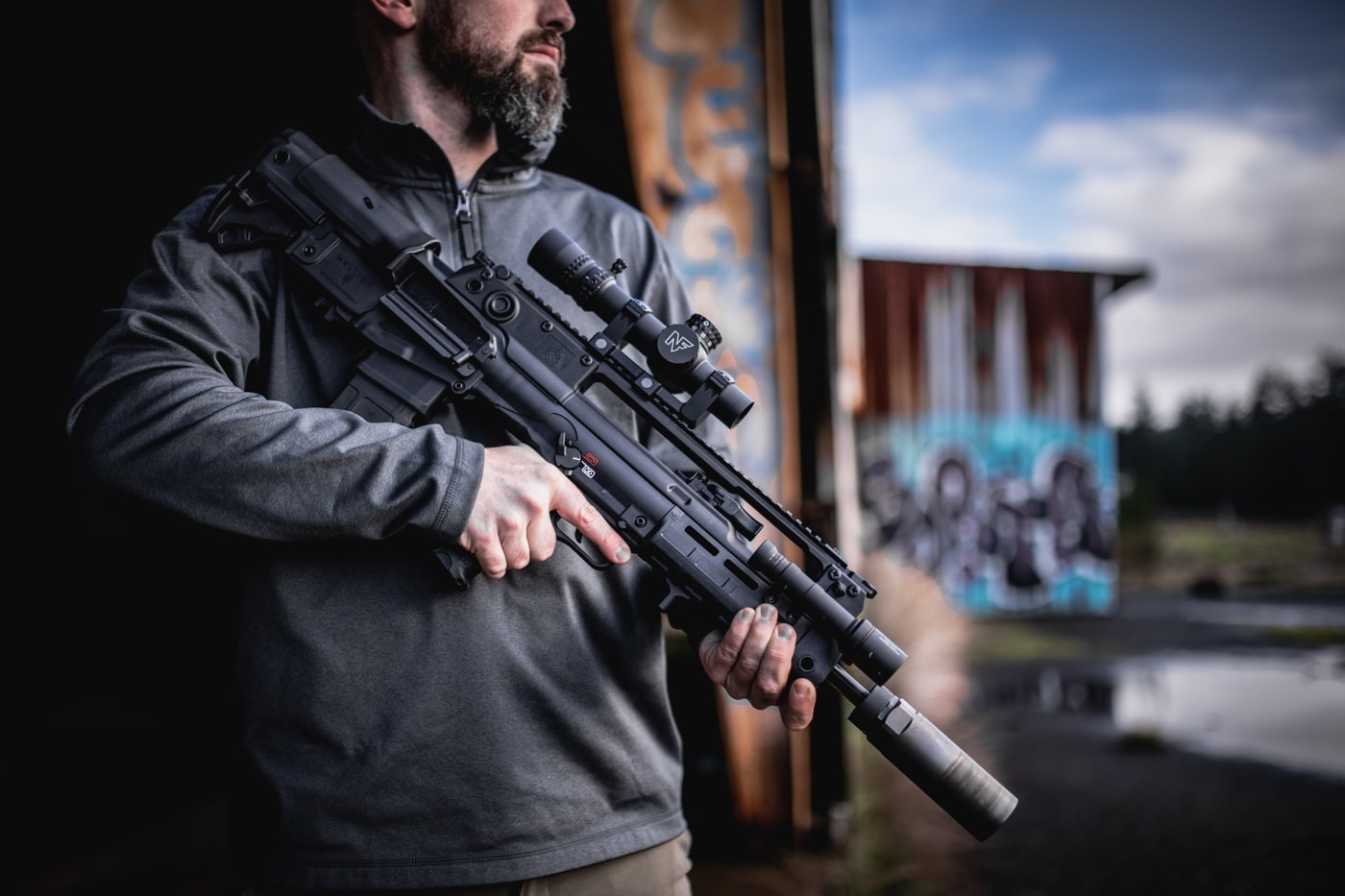
For law enforcement officers that encounter threats in all kinds of conditions and at all ranges, the LPVO is a flexible aiming option. Shown here is theNightforceNX8 1-8×24.
Red dot reflex sights do have an edge in size and weight.
Generally, they have a smaller footprint and weigh less than a riflescope.
They also haveunlimited eye relief, which is why they can be faster on target than a traditional scope.
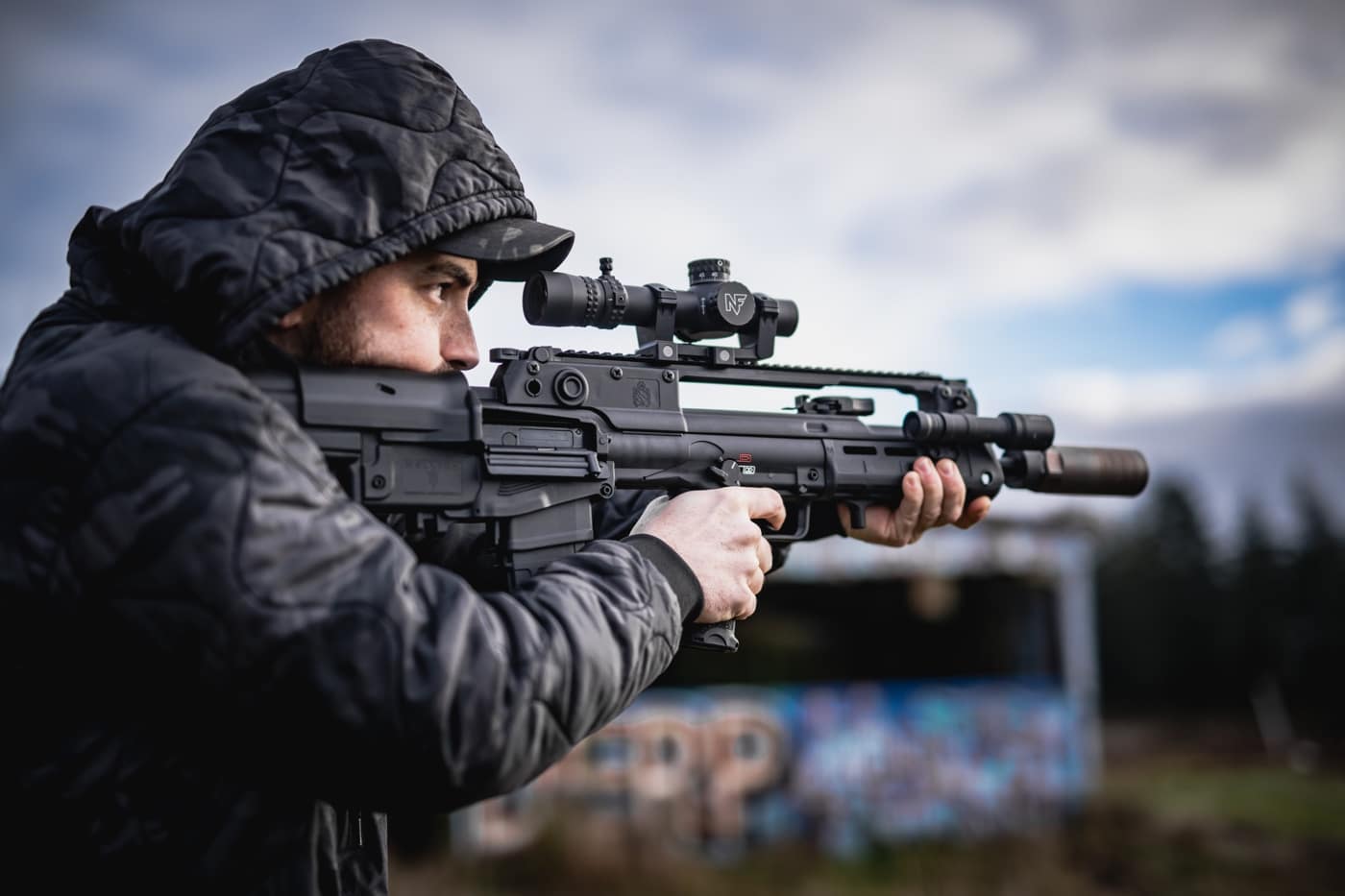
Many shooters feel that an LPVO is nearly as fast as a dedicated red dot. The benefit of long-range precision with the LPVO is obvious.
Many reflex sights also feature multiple reticle options that the user can scroll through.
With a riflescope, you are stuck with one reticle.
A downside to most red dot-style optics is that they need a battery.
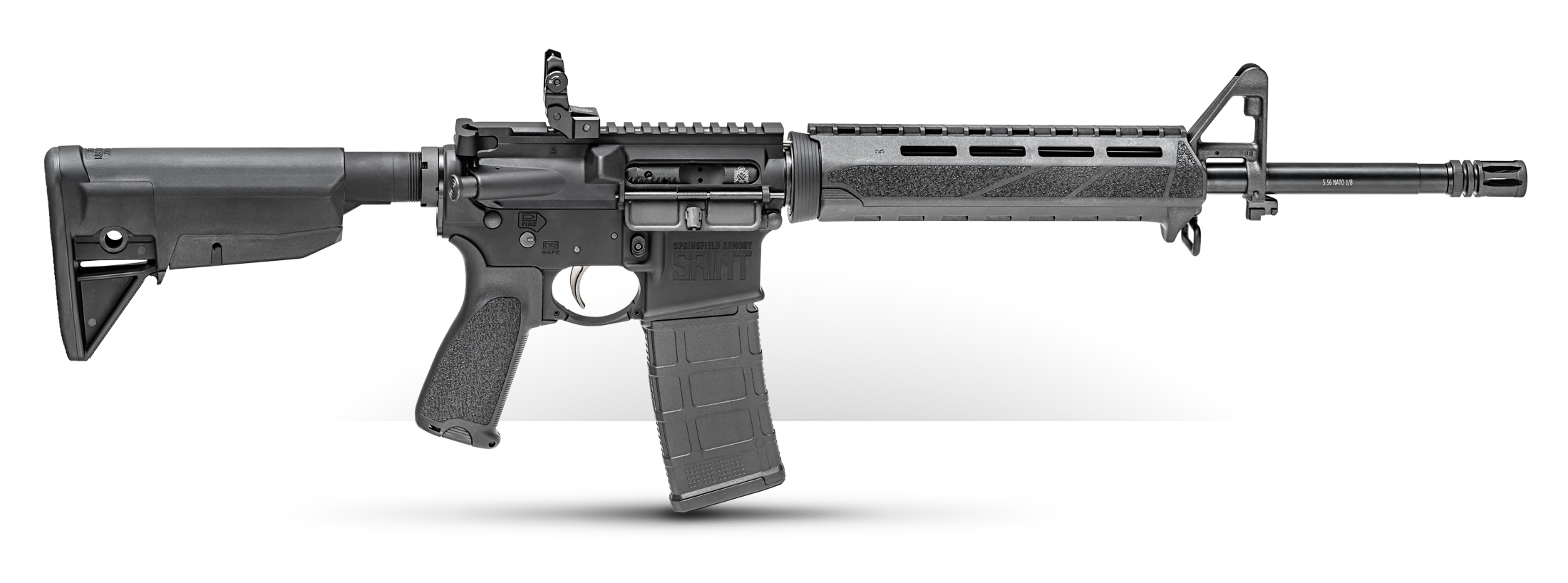
No power, no reticle.
BUIS can keep you in the game instead of a red CR2032 sidelining you.
The lack of magnification can also make them a liability for longer range.

I have regularly used a Crimson Trace CTS-1000 with a 2 MOA dot reticle.
For close work, its a dragon, but its slaying power diminishes as the distance to target increases.
If the target is small, the 2 MOA dot can obscure the target.
LVPOs are larger and heavier and cost more for high-quality glass.
The trade-off for the increased size includes magnification and reticles that work with or without a battery.
They also work better in low-light conditions because the objective lens is usually larger than a red dot optic.
Yet, an LPVO can still match a red dot for close-range work.
LVPO scopes Ive used include models from Steiner, Leupold, Bushnell and others.
They all work; it all comes down to a matter of preference.
Keep in mind that LPVOs come at a variety of price points.
Companies like Vortex and Primary Arms are making high-quality LPVO models that wont cost a ton of money.
It works fantastically well when the deer is anywhere from 25 to 100 yards away.
To be honest, Ive killed a fair number of pigs and deer using a red dot.
I just prefer the versatility of a low-power riflescope.
Competition shooting is a good gauge of how well your shooting gear works.
That balance means better performance.
Which One Is the Best?
Both the red dot and LPVO have earned a place on AR rifles and other carbines.
In my case, however, I like the versatility of a low-power variable optic.
It provides very fast close shots with substantially improved long-range accuracy.
Go to forum thread




